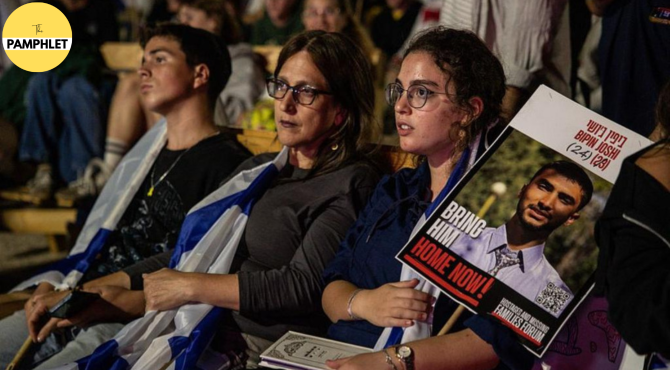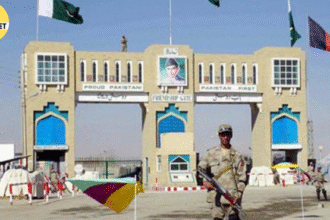The historic hostage exchange between Israel and Hamas officially began on Monday morning, as Hamas released the first seven Israeli hostages into the custody of the International Committee of the Red Cross (ICRC). The freed hostages are now en route to Israel in the opening phase of a multi-stage exchange that could reshape the region’s fragile peace.
The operation, carried out under the supervision of the ICRC, marks the beginning of a landmark cease-fire agreement brokered through international mediation efforts led by U.S. President Donald Trump. The deal will see Hamas free all 20 surviving Israeli hostages, held in Gaza for over two years, in return for Israel releasing nearly 2,000 Palestinian prisoners — many convicted in fatal attacks against Israelis.
First phase underway
The ICRC confirmed that its personnel had received the seven Israeli hostages from Hamas in northern Gaza early Monday and were transporting them to the Israel-Gaza border, where the Israeli Defense Forces (IDF) are standing by to take custody.
Israeli television aired footage of Red Cross vehicles moving through Gaza under tight security, while helicopters landed at a southern Israeli airbase where medical teams and relatives awaited the hostages’ arrival.
According to officials, the exchange is structured in multiple phases throughout the day, with further releases expected as the cease-fire continues to hold. The IDF and Israeli intelligence are coordinating closely with international observers to ensure a secure and orderly handover process.
A hope revival
Across Israel, families of hostages and thousands of supporters gathered in public squares and outside hospitals to follow the developments live. In Tel Aviv’s Hostages Square — which has become a national symbol of the hostage campaign — flags waved and candles were lit as crowds watched Red Cross convoys on big screens.
Israeli Prime Minister Benjamin Netanyahu called the operation “a moment of both relief and reflection,” emphasizing that “every Israeli returning home is a victory over terror, but the pain of those who did not survive remains with us all.”
The exchange is taking place after 737 days of captivity, following Hamas’s surprise attack on Israel in October 2023 that killed about 1,200 people and led to the abduction of around 250 hostages. Israel’s military retaliation devastated Gaza, killing more than 67,000 Palestinians according to Gaza’s health authorities, and triggering one of the worst humanitarian crises in recent memory.
Diplomatic presence and oversight
The hostage release comes under a broader cease-fire framework negotiated with the involvement of U.S., Egyptian, Qatari, and Turkish mediators. President Trump, credited with helping finalize the deal, is expected to land in Israel later this morning to meet with families of hostages and address the Knesset. He will then travel to Sharm el-Sheikh, Egypt, for a summit with regional leaders to discuss next steps toward a longer-term peace plan.
The Red Cross, which is coordinating logistics on both sides, confirmed that all hostages will first undergo medical evaluations upon arrival in Israel before being reunited with their families. Officials have also begun preparations to receive and identify the remains of hostages believed to have died in captivity — a process expected to take several days.
Palestinian prisoner releases to follow
In parallel, Israeli authorities are preparing to release nearly 2,000 Palestinian prisoners from two major detention facilities. Lists of prisoners approved for release were finalized overnight, with many families gathering near checkpoints in the West Bank and East Jerusalem in anticipation.
The Israel Prison Authority stated it would begin the releases “once the Red Cross confirms all hostages are safely across the border.”
For Palestinians, the exchange represents a rare moment of hope after years of conflict, while for Israelis, it offers a long-awaited return for those held captive since 2023.
A fragile but pivotal movement
International observers describe the ongoing exchange as both a humanitarian triumph and a political gamble. Analysts warn that the mass prisoner release could face domestic backlash in Israel, but others see it as a necessary step toward breaking a deadlock that has fueled two years of relentless warfare.
Humanitarian convoys have already entered Gaza under the cease-fire, carrying food, medical supplies, and fuel. Thousands of displaced Gazans have begun to return north toward Gaza City amid cautious optimism that this fragile calm might endure.
As the first hostages arrive home, the world watches the unfolding operation with a mix of relief, apprehension, and hope — that this exchange may mark not just the end of a nightmare, but the first step toward a lasting peace.









